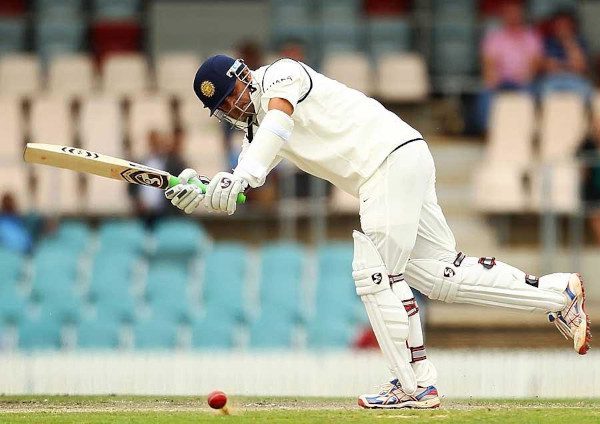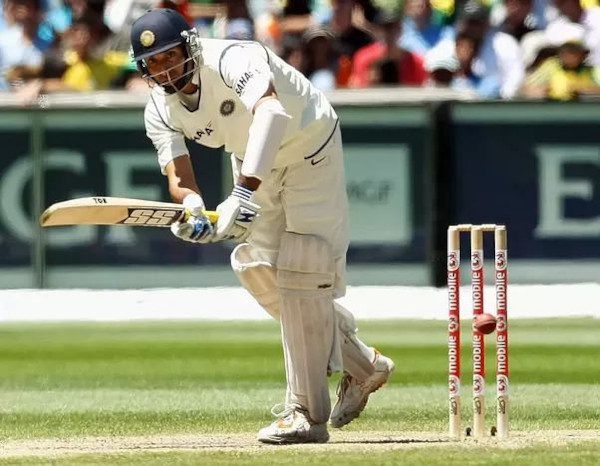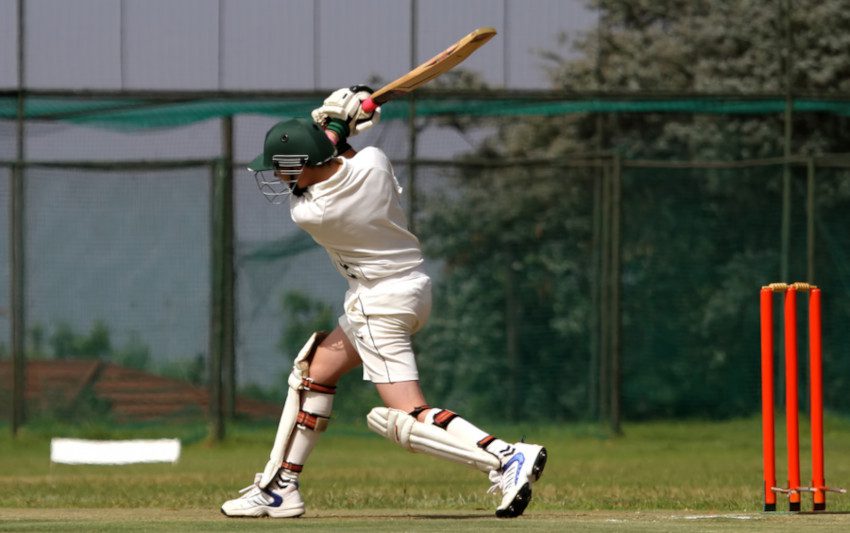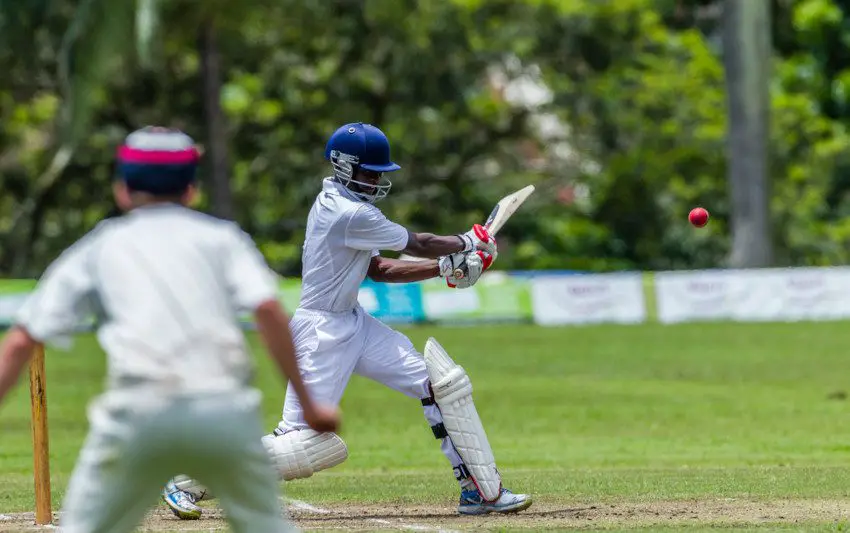Table of Contents
It’s one of the many new shots to have crept into the modern game but what is a flick shot and how should it be executed?
What is a Flick Shot in Cricket?
A flick shot is usually played to a straight, full length ball or to one pitched on middle and leg. It’s played with a straight bat, as if the batsman were playing a drive but on contact there is a flick of the wrists that sends the ball through mid wicket.
There are variations with some batters playing the flick off the back foot. The ball will usually travel along the ground but it can be lofted.
When to Play the Flick Shot
This is a difficult shot to play and, at first, I would suggest practising in the nets by playing it to full balls that are on middle and leg stump. Once you become more confident, you can start to play the flick in a match situation.
A flick is a surprise shot and the professional cricketers often use it as a tool to disturb the bowler’s line and length.
If that bowler is continually delivering on a tight line and it’s difficult to score runs, the flick is used to disturb that line and also to manipulate the field.
I’ve mentioned that the flick can also be used to play the ball in the air. In this case, it becomes a useful tool in one day cricket. In limited overs matches, especially T20, the batsmen simply cannot afford to let the bowler get away with hitting a line and length without conceding runs.
The flick is, by its nature, an attacking shot so that’s why you’ll often see it used in the two shortest forms of the game.

How to Play the Flick Shot
The first point to note is the line. We’ve seen how judging line and length is important for any shot in cricket and the flick is no exception.
1. If the ball is angling from middle towards leg stump then the flick is on.
Point two involves your head position and this is arguably the most important thing to note. Your head is a heavy object and it leads the rest of your body, and its weight, with it.
2. So, your head should stay still while the bowler is running in and it should then move towards the ball.
The last point relates to the wrists which effectively turn a straight drive into a flick shot.
3. On the point of contact with the bat, they should rotate their wrist in the direction in which you want to play the ball.
This is the most difficult part to master and it’s one of the reasons why the flick shot requires so much practise. If you over-rotate, you run the risk of losing control over the shot and it could then travel in the air to a fielder.
It’s a subtle, but powerful flick which gives the timing to the shot which will help to keep it on the ground. In time, the best players can play the flick in the air but they can combine that wrist rotation with so much power that it can clear the ropes.
To begin with, concentrate on keeping the ball on the ground.
Personally, I find this a really hard shot to play and it’s one that I keep practising in the nets. When I have played the flick correctly, the key has all been in the wrists.
In England, and probably in other parts of the world, we talk about Asian players being ‘wristy’. That is to say, they use their wrists more in playing their natural shots. Perhaps this is because they need to generate more hitting power on slow, spinning wickets than in England and Australia where batters can often just deflect the ball because of the pace off the wicket.
That could be a generalization but it’s maybe no surprise that when you look at a list of the best players of the flick shot, a large number of Indian batsmen are included.

The Best Flick Shots in Cricket
I can remember seeing the flick shot for the first time when Kevin Pietersen played it in a test match against South Africa back in 2012. KP was one of the best exponents of this shot and, since he’s been retired, many would say that Virat Kohli has taken over.
There are many other players who might make it into a top ten list. Australia’s Steve Smith likes to play the flick but he has a very unorthodox technique which I wouldn’t advise trying to copy.
Other current players who are worth watching if you want to learn this shot might include Babar Azam, while you could go back through history and watch videos of players such as Sachin Tendulkar, VVS Laxman, Rahul Dravid, Sanath Jayasuriya and Adam Gilchrist.


